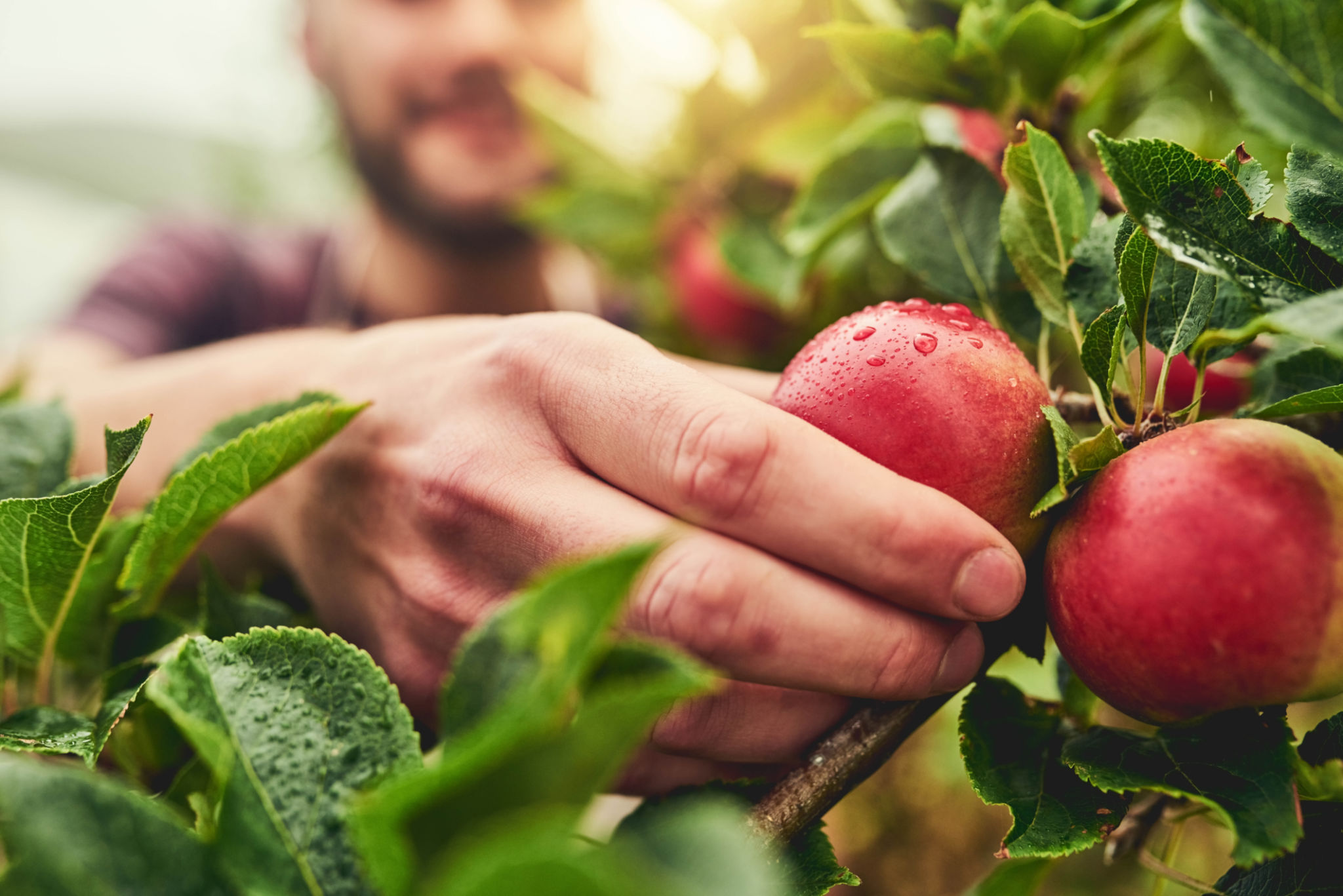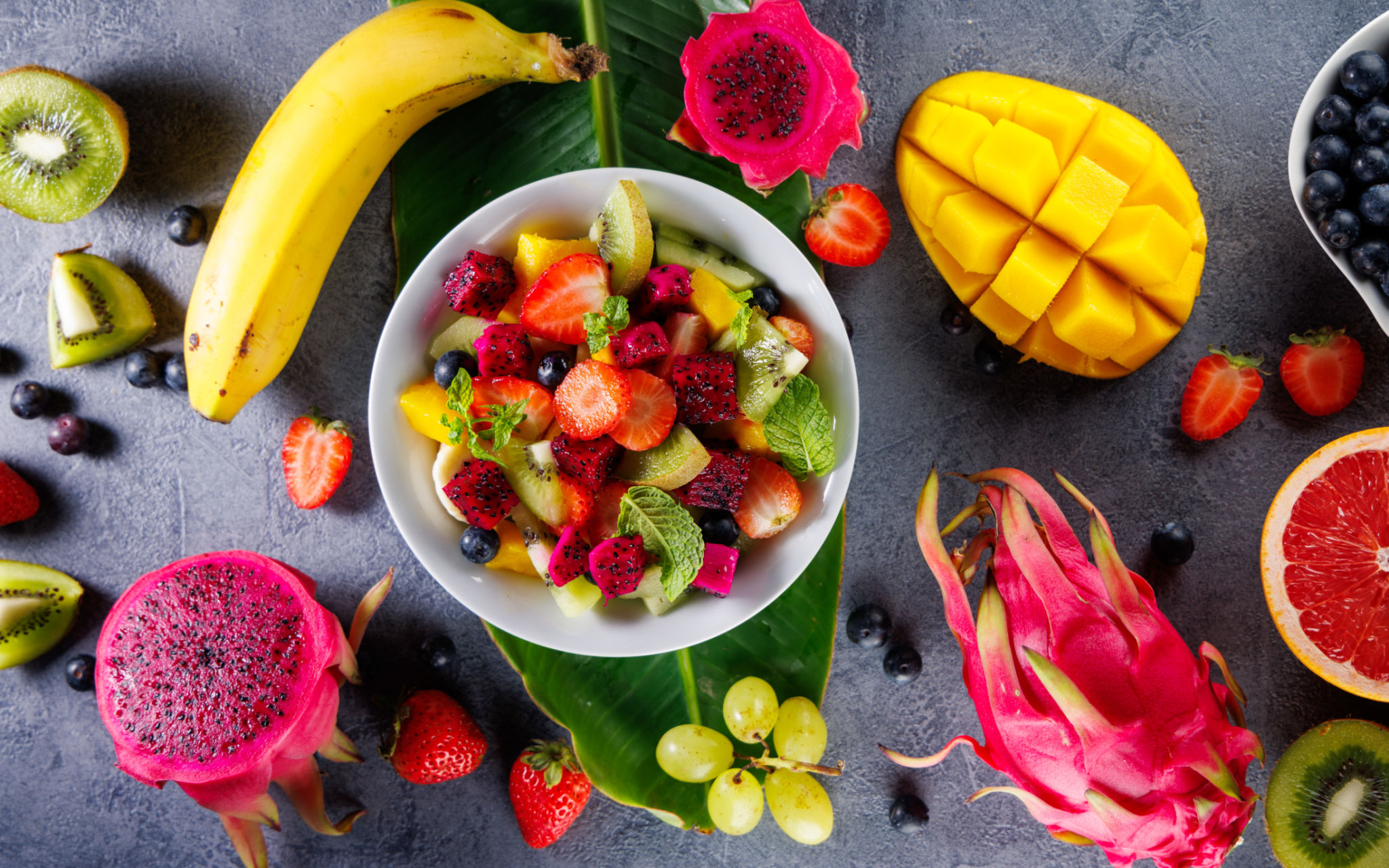Seasonal Fruit Import Trends in the UAE: What You Need to Know
Understanding Seasonal Fruit Import Trends
The United Arab Emirates (UAE) has emerged as a significant hub for the import and distribution of seasonal fruits globally. With its strategic location and robust logistics infrastructure, the UAE caters to diverse consumer preferences, offering a wide range of fruits throughout the year. Understanding these import trends can be crucial for businesses, consumers, and policymakers alike.

Key Drivers of Fruit Imports
Several factors drive the import patterns of fruits in the UAE. Firstly, the country's arid climate makes it challenging to cultivate certain fruits locally, necessitating imports. Secondly, the UAE's multicultural population demands a variety of fruits from different regions, influencing import choices. Finally, the growing health consciousness among residents has spiked demand for fresh and exotic fruits.
The UAE primarily sources its fruits from countries such as India, Egypt, and South Africa, each offering unique produce. For instance, India is known for its mangoes and pomegranates, whereas Egypt supplies citrus fruits and grapes. This diverse sourcing strategy helps maintain a constant supply throughout the year.
Peak Seasons and Availability
The availability of seasonal fruits in the UAE is highly dependent on global harvest cycles. For example, mangoes are typically imported during the summer months from May to July, coinciding with peak harvest times in India and Pakistan. Similarly, citrus fruits are more prevalent from November to February, aligning with winter harvests in Egypt and South Africa.

Retailers often adjust their pricing strategies based on these seasonal variations. During peak import seasons, prices tend to stabilize or even decrease due to ample supply. Conversely, off-season imports usually result in higher prices due to increased logistical costs and limited availability.
Emerging Trends in Fruit Consumption
In recent years, there has been a noticeable shift towards organic and sustainably sourced fruits among UAE consumers. This trend is driven by a growing awareness of health and environmental issues. Importers are responding by sourcing organic produce from certified suppliers and promoting these offerings through various marketing channels.
Another emerging trend is the popularity of exotic fruits such as dragon fruit, kiwano, and rambutan. These fruits are increasingly featured in high-end supermarkets and gourmet stores, catering to adventurous consumers looking to try new flavors.

Challenges in the Import Sector
Despite the robust import infrastructure, the UAE faces several challenges in maintaining a steady fruit supply. Fluctuations in global weather patterns can impact harvest cycles and availability. Additionally, geopolitical tensions and trade regulations can affect import routes and costs, posing risks to consistent supply chains.
To mitigate these challenges, stakeholders in the UAE's fruit import sector are investing in advanced logistics solutions and exploring alternative sourcing options. Enhanced cold storage facilities and efficient distribution networks are critical to preserving fruit quality and minimizing waste.
The Future of Fruit Imports in the UAE
Looking ahead, the UAE's fruit import sector is poised for growth, driven by innovation and adaptation to consumer demands. Technological advancements in agriculture and logistics are expected to enhance supply chain efficiency. Furthermore, collaborative efforts between importers, retailers, and policymakers will be essential in ensuring sustainable growth.
The focus on sustainability is likely to intensify, with more emphasis on reducing carbon footprints and promoting fair trade practices. These initiatives will not only benefit the environment but also enhance the UAE's reputation as a responsible global trading partner.
